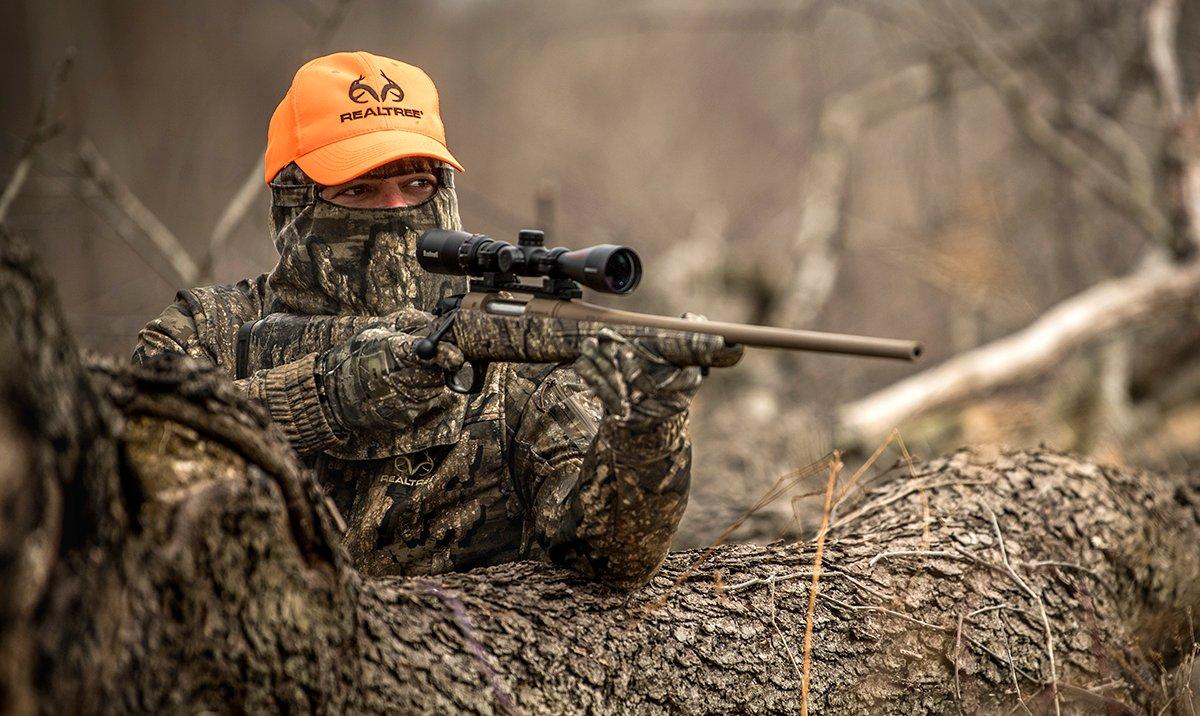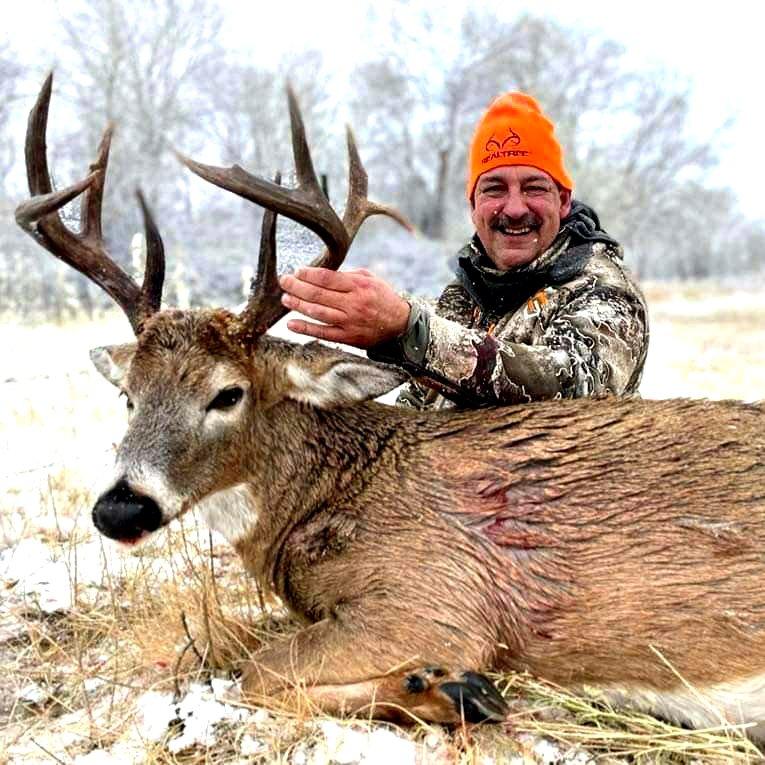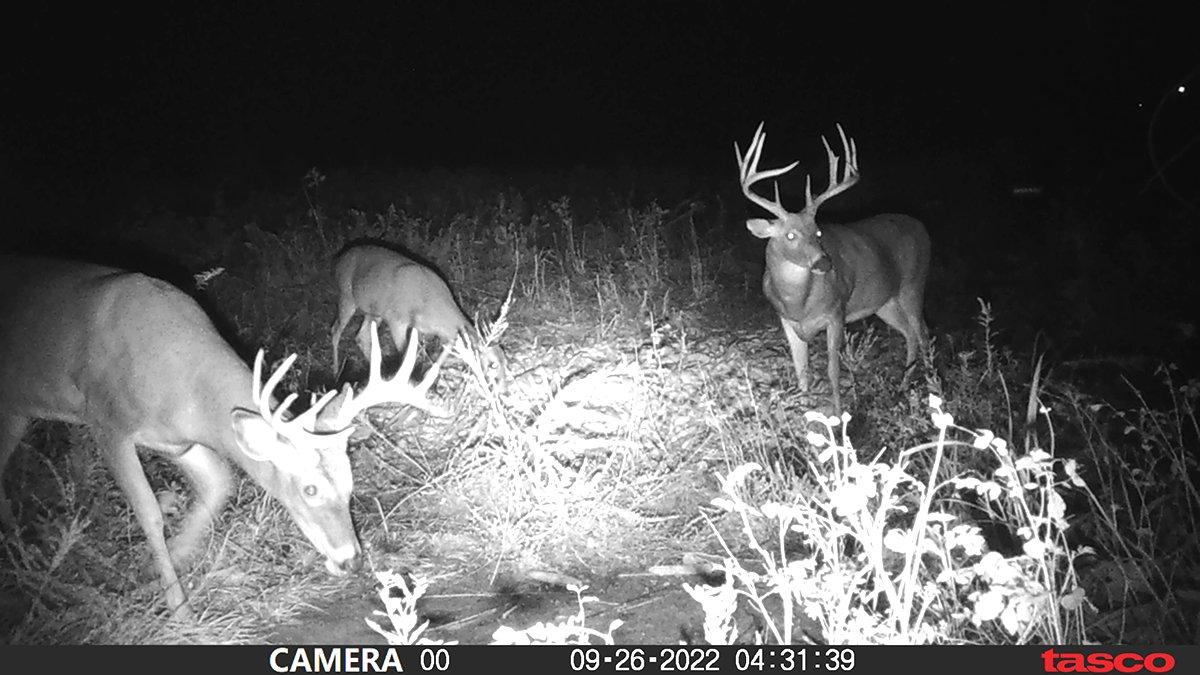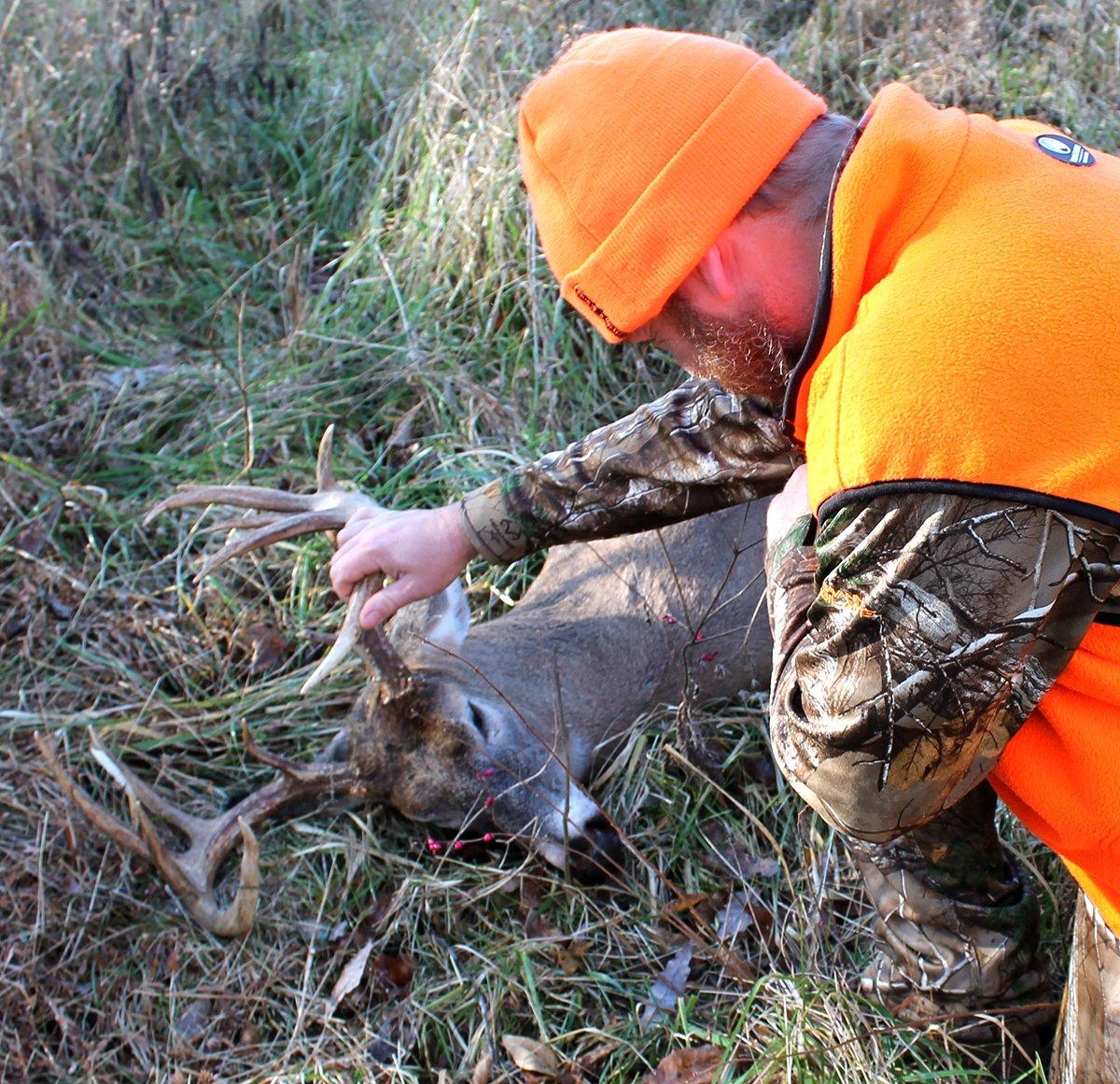Sure, you can shoot farther — but there are other reasons why gun season is your best chance for killing a bruiser buck
It happens every fall — a diehard bowhunter chases a monster buck all season long. You know, does everything right. Showers before each hunt. His camo and boots never see daylight except at the farm. Doesn't hunt unless the conditions are primo. All boxes checked.
Then, on the opening day of rifle season, some first-time chap wearing overalls and a hand-me-down camo jacket from 1989 smokes that sucker. He throws that thing in the truck bed, kicks some old cans to the edges of the photo frame, and rides that buck like a bronc for all the trophy photos.
It's a straight BBD on the ol' IG for all the neighboring bowhunters to see. And they wonder once again, what am I doing wrong?
The Theory
While I've been blessed to travel North America in search of big whitetails, I live and hunt mostly in Kentucky. But, growing up, I didn't have enough access to let properties soak until gun season. I only had one or two places to go, and I wanted to hunt. I'm more avid about bowhunting than gun hunting anyway. So, it just never made sense to not hunt at the earliest opportunity.
Then, in 2015, I started leasing another property, which gave me additional access here at home. Since then, except for a few seasons, the practice has been to leave the property unhunted until rifle season in November.
My anecdotal theory is that whitetails will get pressured by neighboring bowhunters, which will push deer onto the lease, ultimately stacking deer onto it for gun season.
Furthermore, if I or another lease member happen to pressure a mature deer once gun season opens, it's less likely to vacate the area given that the rut is already in motion. Interestingly, studies show bucks are less likely to relocate or make significant changes to their home ranges and core areas this late in the game. And it makes sense because if they uproot, they must go somewhere new, which means re-sorting the pecking order. Most bucks don't want to do that. In fact, most studies show whitetails are quite loyal to their core areas, even if low to moderate hunting pressure is present.
(Don't Miss: The Mentality of Big-Buck Killers)
Because of these things, I believe gun hunters have additional advantages over bowhunters besides a longer effective range. All the deer — bucks and does — will figure out there's zero pressure on gun properties, said Realtree pro staffer Tim Andrus. And they'll stay there, depending on when the does come into heat in that area.
Andrus just recently shot a great Wyoming buck on a property that is managed for gun hunting only. Neighboring hunters spend a lot of time bowhunting, and it seems to push a lot of deer onto the farm that Andrus filled his tag on.
Some experts don't think it's necessary to take this idea to the extreme, though. I believe the tactic will work to build some advantage, said Matt Ross, National Deer Association director of conservation. But I don't believe that you need to stay off for an entire legal [weapon] season to have an effect. Deer are changing as the fall progresses anyway. So, if someone wants to employ this strategy, I think they only must stay off for a week or so just before the opener and it will have a positive effect.
(Don't Miss: Does a Snorting Deer Mean Your Hunt's Over?)
The Antithesis
While subscribing to the above mentality certainly seems logical, there are downfalls to following this game script. First, not hunting a property until gun season gives neighboring hunters a lot of time to tag bucks that you're after. In fact, this very thing happened to me this season.
A buck I called The Sticker 10 was my No. 2 target buck this season. Historically, he was a very killable deer, but I wanted to wait and see if my No. 1 target would get more regular before pulling off him to chase this deer. It backfired. A neighboring hunter shot the buck in early October. Of course, I was happy for him, and even gave him the buck's two matching sets of shed antlers from 2020 and 2021, but I'd be lying if I said it didn't sting to know I wouldn't get a crack at this deer.
To add insult to injury, the No. 1 buck I was hoping to hunt disappeared, and I haven't the slightest clue where it went. Obviously, sometimes waiting can have the opposite effect than what you hope for. Rather than better hunting, it can produce fewer targets to chase once gun season arrives.
I believe there is something to that, said Winchester's Nathan Robinson. Unfortunately, you run the risk of someone else killing your buck in the meantime. Ask how I know. It's happened twice to me in recent years.
This year, my tactic has been to bow hunt a permission piece hard because it gets a lot of pressure from neighbors that sit the edge during gun season, Robinson continued. So, it's like now or never if I'm going to shoot something there. Meanwhile, I won't have penetrated my home property for three to four weeks before gun season to give the best odds possible for the opener.
(Don't Miss: Do Bucks Delay Their Response to Grunt Calls?)
Making the Call
Overall, there are numerous things to consider when deciding to let a property go unhunted until gun season — or not. First, determine when that property peaks. Some are best during the early or late season. Others peak during the rut. Hunt these properties when they historically perform the best.
Second, consider the size of the property. Very small tracts aren't going to hold a lot of deer anyway. In fact, it won't even hold one deer entirely. Whitetails will be venturing onto neighboring tracts, so there's a higher risk of another hunter killing a target buck.
Third, gauge your neighboring hunters. Are they good hunters? Do they do things the right way? Do they generally kill big deer? If the answer is yes, consider targeting a deer sooner before they have a chance to kill it.
Finally, consider access. Most of the hunting pressure applied to properties isn't from the stand or blind. It's from the walk in and out. So, if you have incredible access that never spooks deer, there's less of a need to wait until gun season. If you have subpar access, this becomes much more important.
So much of the pressure is determined by how people get in and out of their property, said Realtree pro staffer Melissa Bachman. Bowhunters usually put in more time to find success. It's a simple numbers game. Gun hunters can slip in and get it done in a day or two. Of course, this is less pressure, but then again it depends on how they hunt.
Whether you let a property sit until gun season, or not, it's important to have areas that are off limits to human activity. I've always called it creating a sanctuary on your property, said Chris Ellis of Timney Triggers. A place with food and cover that holds deer when pressure is high on surrounding properties. I have one on my farm that no humans enter.
Once gun season starts, keep hunting, and stay out there longer. Gun hunters notoriously move around a lot. Stay put, and someone might just push a monster right to you.
(Don't Miss: How to Build a Shooting House on a Budget)














